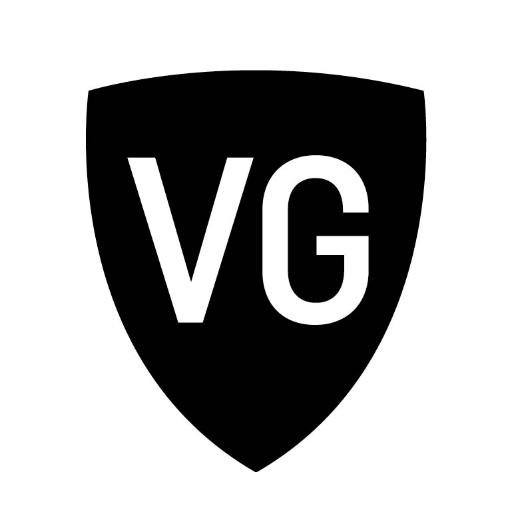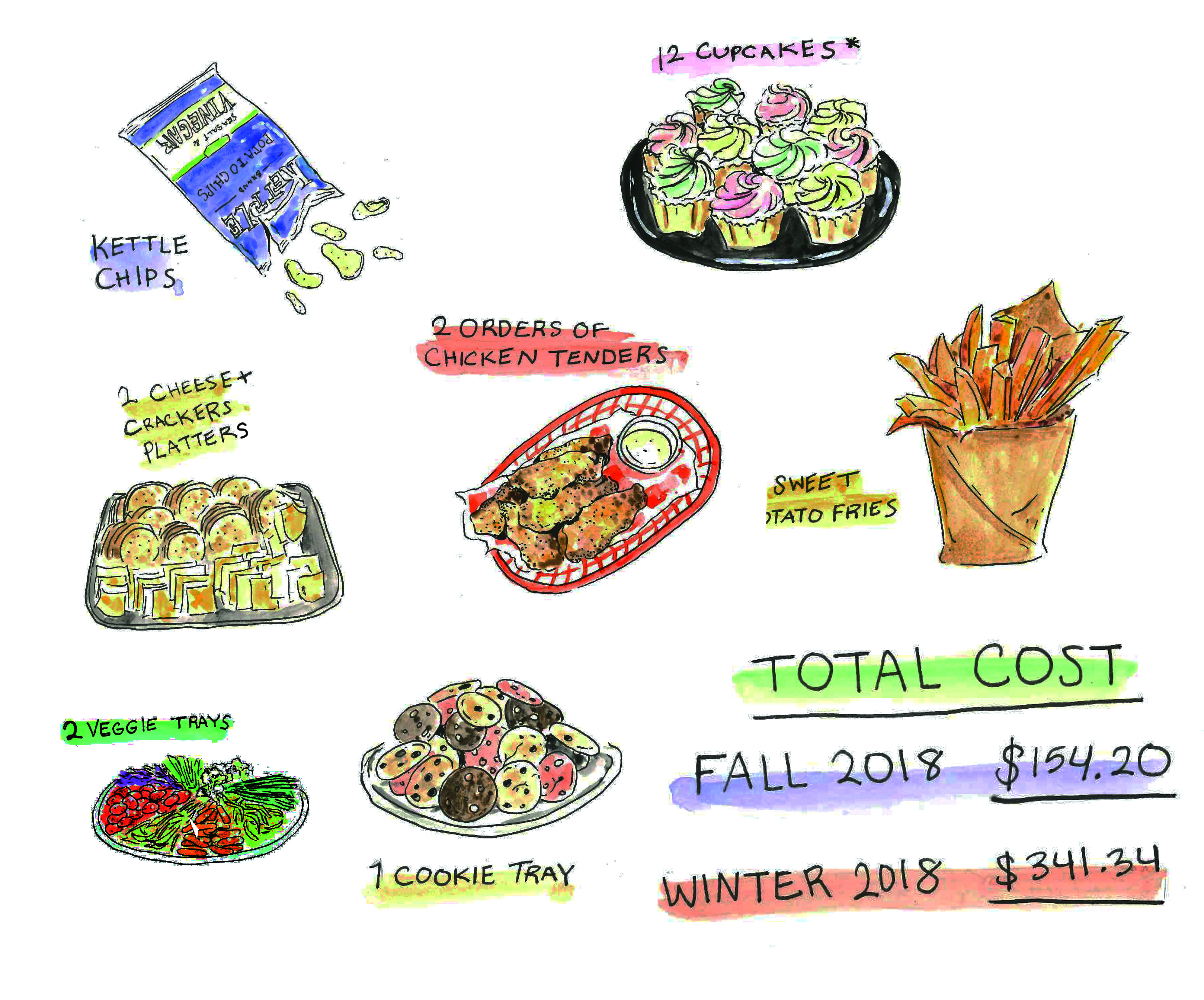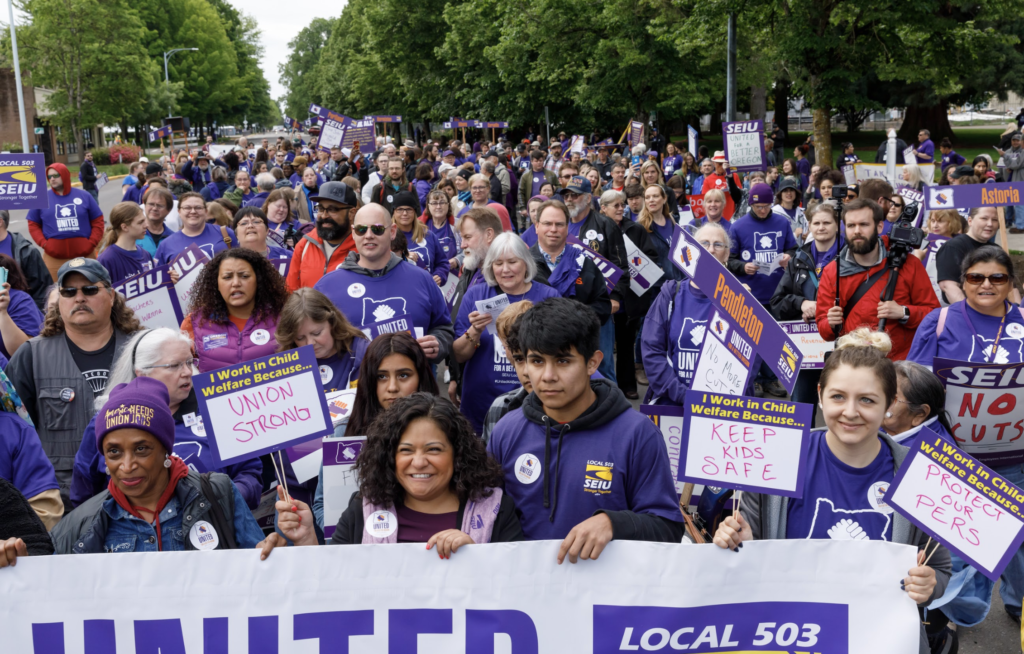Directors of worker-owned news publications and their readers gathered in the basement of the Northeast Portland nonprofit Jobs With Justice on May 9 to discuss the current state and future of labor journalism in the United States. Labor media organizations report on organizing efforts, legislation and controversy within unions, but due to falling union membership some fear for labor press’ future.
The event’s first speaker was Mark Brenner, former director of the national monthly magazine and media organization Labor Notes, which was founded in 1979 in part, Brenner said, due to “an incredible squeeze that bosses were putting on the workforce.”
Brenner described conflict between workers, the unions they created to represent themselves and the employers they often saw as enemies. At times, there were threats of bloodshed, as Brenner recounted hearing from a steel hauler who was striking with his union in the Midwest: “‘Yeah, you know we had to carry guns, because the scabs had guns. So sometimes there’d be shooting at the picket line, but it only happened on a couple picket lines I was on.’”
Labor Notes’ activism was more subdued, Brenner explained. In 1979, U.S. unions had long represented only their members, or at best entire industries. The magazine’s task, he explained, was to “try and connect those groups of workers and synthesize the experiences they were having.”
Brenner added that Labor Notes’ mission led it away from some journalistic norms that are considered gospel truth elsewhere. “We never pretended to be objective,” he said. “We weren’t calling bosses, and often it was really hard for us to get a hold of union leaders…We assume that people who are reading this are union activists.”
This target audience may be dwindling, however, placing the viability of labor journalism in peril. The event’s second speaker, Don McIntosh of Northwest Labor Press, expressed skepticism of the field’s future. “For the most part, with the labor press, it’s an involuntary subscriber base,” he said, explaining when workers pay dues to their unions, part of what they receive in return is a subscription to the news publication sponsored by that union.
Northwest Labor Press is operated by a coalition of Oregon and Washington unions and is distributed to all of their members. Given the strenuous jobs many of these workers do, McIntosh said, it would come as no surprise if many of the newspapers delivered only received a quick glance. Additionally, even with a guaranteed subscriber base provided by union sponsorship, membership is in decline.
According to a January 2018 Bureau of Labor and Statistics report, labor density—the percentage of workers who belong to a union—has shrunk from 20.1 percent in 1983 to 10.7 percent in 2017. McIntosh blamed the decline on insufficient power available to unions. “Collective bargaining is broken as a system,” he said. “You can’t get anything at the bargaining table…You don’t have the ability to strike and strike successfully.”
Still, McIntosh said he has hope for the future. “Something is gonna happen,” he said. “Something is gonna change. There’s an appetite for something, [but] I don’t know what form it’s gonna take.”






